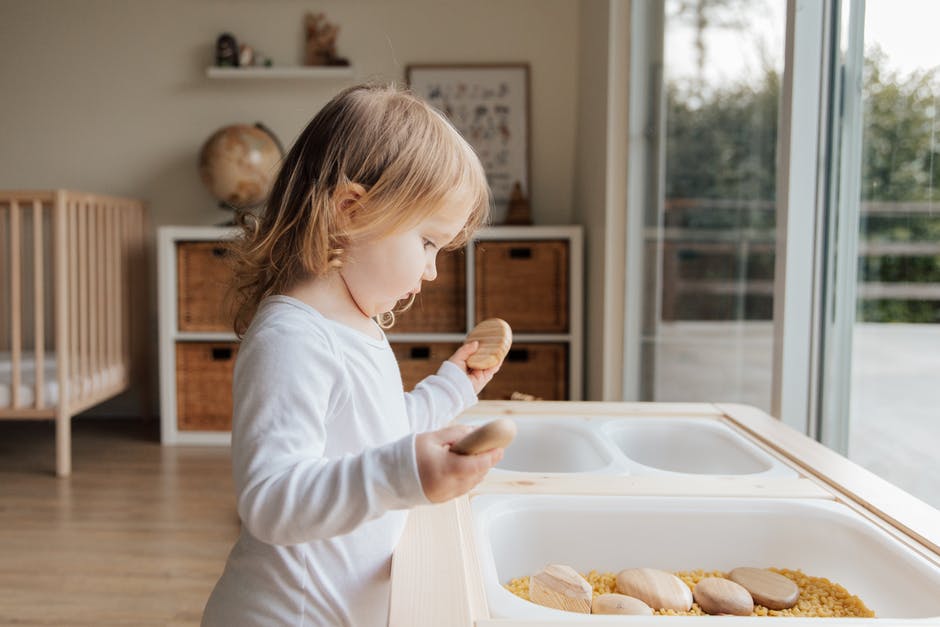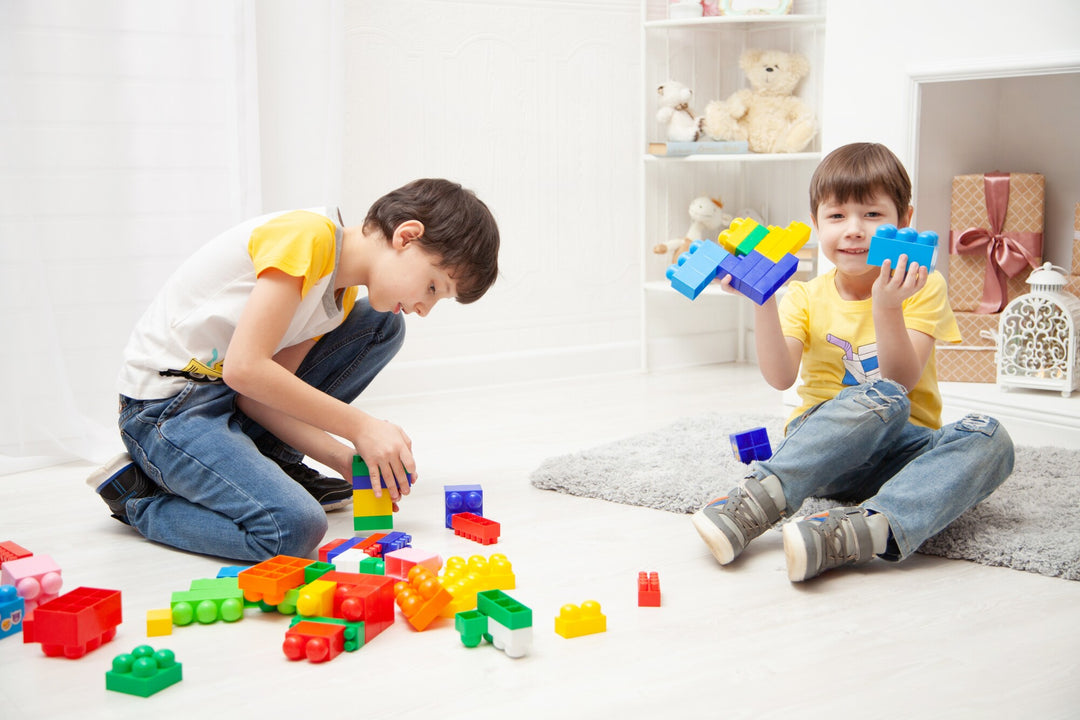The Importance of Tactile Play in Child Development

Tactile play, the engagement of children in activities that stimulate their sense of touch, is a cornerstone of early childhood development. Through hands-on exploration, children gain critical insights into their environment, fostering cognitive growth, motor skills, and emotional well-being. For early childhood and primary educators, integrating tactile experiences into daily routines is essential for nurturing well-rounded learners.
The Role of Tactile Play in Child Development
Tactile play involves activities that encourage children to use their hands and bodies to explore different textures, temperatures, and shapes. This form of play is vital for several developmental domains:
- Cognitive Development: Manipulating objects helps children understand cause and effect, develop problem-solving skills, and enhance memory. For instance, building with blocks requires planning and spatial awareness.
- Motor Skills: Engaging in tactile activities strengthens both fine and gross motor skills. Fine motor skills are honed through tasks like threading beads, while gross motor skills are developed through activities such as kneading dough.
- Emotional and Social Development: Tactile play can be soothing, helping children manage emotions and reduce anxiety. Group activities promote cooperation, sharing, and communication among peers.
Tactile Play Activities for Different Age Groups
Incorporating age-appropriate tactile activities ensures that children receive optimal sensory input tailored to their developmental stage.
Tactile Play For Infants (0-12 months):
- Soft Textures: Introduce fabrics like silk, velvet, and cotton for sensory exploration.
- Water Play: Supervised splashing in shallow water allows infants to experience different sensations.
- Sensory Mats: Mats with various textures encourage crawling and tactile exploration.
Tactile Play For Toddlers (1-3 years): 
- Playdough: Squishing and molding playdough enhances hand strength and creativity.
- Sand Play: Digging and building in sandboxes provide rich tactile experiences.
- Finger Painting: Using hands to paint allows toddlers to explore textures and colours.
Tactile Play For Preschoolers (3-5 years):
- Sensory Bins: Fill bins with materials like rice, beans, or pasta for children to sift through and discover hidden objects.
- Craft Activities: Cutting, gluing, and assembling crafts develop fine motor skills and creativity.
- Gardening: Planting seeds and handling soil connect children with nature and different textures.
Tactile Play For School-Age Children (6+ years):
- Cooking: Measuring, mixing, and kneading ingredients engage tactile senses and teach practical skills.
- Clay Modeling: Shaping clay into figures or objects enhances dexterity and artistic expression.
- Sewing or Weaving: Using needles and threads or looms develops fine motor precision and concentration.
Sensory Toys and Aids to Enhance Tactile Play
Incorporating sensory toys can significantly enrich tactile play experiences. Here are some examples:
- Stretchy Squishy Caterpillars: These toys provide a highly tactile outlet for children aged three and above, offering a soothing and fulfilling feeling as they stretch and squish the caterpillars.
-
SPEKS Spectrum Magnetic Fidget Balls: These vibrant, tactile, and magnetic balls offer a unique sensory experience that benefits individuals of all ages, promoting relaxation, focus, and creativity.
- Sensory Assist's Tactile Sensory Development Collection: This range includes textured toys designed to stimulate children's brains as they explore the world through tactile input and hands-on activities, supporting social and emotional development.
Implementing Tactile Play in Educational Settings
Educators can integrate tactile play into the curriculum through various strategies:
- Learning Centers: Designate areas in the classroom with tactile materials such as sand tables, water tables, and sensory bins.
- Art Projects: Incorporate materials like clay, fabric, and textured paper into art activities.
- Outdoor Play: Encourage interaction with natural elements like mud, leaves, and rocks.
- Storytime Props: Use tactile props related to stories to enhance engagement and comprehension.
Tactile play is a fundamental component of child development, offering numerous benefits that span sensory processing, motor skills, and cognitive and emotional growth. By incorporating tactile play activities into daily routines, parents and caregivers can support their children’s development in a fun and engaging way, paving the way for children to explore, learn, and grow.
Learn how to select age-appropriate sensory toys
Here at Sensory Assist our range includes products designed to support the diverse sensory needs of children and adolescents, assisting educators and parents in creating optimal learning and developmental environments.












